Rocket and space technology. Spacecraft launch vehicles V.N.Kobelev , A.G. Milovanov
sábado, 17 de julho de 2021
Rocket and space technology. Spacecraft launch vehicles V.N.Kobelev , A.G. Milovanov-Ракетно-космическая техника. Средства выведения космических аппаратов В.Н.Кобелев, А.Г.Милованов
Rocket and space technology. Spacecraft launch vehicles V.N.Kobelev , A.G. Milovanov
At the Baikonur cosmodrome, a monument has been erected with the historical words: “Here the genius of the Soviet man began a daring assault on space / 1957 /”. More than half a century has passed since the first artificial Earth satellite was launched into space. Ensuring guaranteed access to space is one of the important tasks of space activities. If at the dawn of cosmonautics only the USSR and the USA had their own launch vehicles, then in the subsequent period the club of space powers was constantly expanding. And currently, there is fierce competition in the spacecraft launch vehicle market. The launch vehicles themselves are constantly being improved.
This book has been prepared by well-known Russian scientists in the field of the development of spacecraft launch vehicles - Professor V. N. Kobelev and Professor A. G. Milovanov. In it, on the example of a large number of samples of launch vehicles, an analysis of their development and constructive improvement is carried out. The book contains a large reference material on the design and characteristics of domestic and foreign models of launch vehicles, is well illustrated. Much attention in the book is paid to reusable rocket and aerospace systems. This book will be useful for students.
Ракетно-космическая техника. Средства выведения космических аппаратов
В.Н.Кобелев, А.Г.Милованов
На космодроме Байконур установлен монумент с историческими словами: «Здесь гением советского человека начался дерзновенный штурм космоса /1957 г./». Прошло более полувека с тех пор, как в космос был запущен первый искусственный спутник Земли. Обеспечение гарантированного доступа в космос является одной из важных задач космической деятельности. Если на заре космонавтики только СССР и США обладали собственными средствами выведения, то в последующий период клуб космических держав постоянно расширялся. И в настоящее время на рынке средств выведения космических аппаратов наблюдается жесткая конкуренция. Сами средства выведения постоянно совершенствуются.
Настоящая книга подготовлена известными российскими учеными в области разработки средств выведения космических аппаратов — профессором В. Н. Кобелевым и профессором А.Г.Миловановым. В ней на примере большого числа образцов средств выведения проведен анализ их развития и конструктивного совершенствования. Книга содержит большой справочный материал по устройству и характеристикам отечественных и зарубежных образцов средств
DOWNLOAD FILE FORMAT DJVU: https://br1lib.org/book/2763878/b67e3e
sexta-feira, 16 de julho de 2021
Космическая техника и технологии - Space engineering and technolog-КОСМИЧЕСКАЯ ТЕХНИКА И ТЕХНОЛОГИИ № 2(17)/2017
INTERNATIONAL COOPERATION IN THE SPHERE OF MANNED FLIGHTS. PART 2. DEVELOPMENT AND OPERATION OF THE INTERNATIONAL SPCE STATION
Derechin a.g., Zharova l.N., Sinyavskiy v.v., Solntsev v.l., Sorokin I.v.
S.P. Korolev Rocket and Space Public Corporation Energia (RSC Energia)
4A Lenin str., Korolev, Moscow reg., 141070, Russian Federation, e-mail: post@rsce.ru
Problems of the international cooperation during development and operation of the Russian
Segment (RS) of the International Space Station (ISS) are discussed. Consideration is given
to the history of the project and the structure of the joint management bodies. The solution
of international legal matters including property and resource allocation issues in the context
of the difficulties in financing the national manned space program in the nineties and in the
early 2000s is addressed. The progress of the program implementation is described, it is noted that
Russia fulills all international obligations incurred. The role of RSC Energia in providing delivery
of the crews and cargoes to the ISS upon termination of the U.S. Space Shuttle lights is emphasized.
The results of cooperation and the examples of mutual assistance of the partners, difficulties
of generating segments and agreements on extension of the ISS operation are shown. Science programs
fulfilled jointly with foreign colleagues are summarized.
Key words: manned cosmonautics, international cooperation, the International Space Station,
the ISS, the Russian Segment, scientific experiments, international legal matters, financing of the
ISS program.
Ракетно-космическая корпорация «Энергия» имени С.П. Королёва (РКК «Энергия»)
Ул. Ленина, 4А, г. Королёв, Московская обл., Российская Федерация, 141070, e-mail: post@rsce.ru
S.P. Korolev Rocket and Space Public Corporation Energia (RSC Energia)
4A Lenin str., Korolev, Moscow reg., 141070, Russian Federation, e-mail: post@rsce.ru.
sexta-feira, 9 de julho de 2021
Design and Implementation of a High-Efficiency On- Board Battery Charger for Electric Vehicles with Frequency Control Strategy-Jong-Soo Kim, Gyu-Yeong Choe, Hye-Man Jung, Byoung-Kuk Lee--Young-Jin Cho, Kyu-Bum Han-
Design and Implementation of a High-Efficiency On- Board Battery Charger for Electric Vehicles with Frequency Control Strategy
Jong-Soo Kim, Gyu-Yeong Choe, Hye-Man Jung, Byoung-Kuk Lee
Information and Communication Engineering
SungKyunKwan University
Suwon, Korea
sniper75@skku.edu, lovesagaji@skku.edu,
jungicarus@skku.edu, bkleeskku@skku.edu
Young-Jin Cho, Kyu-Bum Han
EVT Group, R&D Center
Samsung Electro-Mechanics
Suwon, Korea
yj1996.cho@samsung.com
SPREADSHEET Current fed push pull converter topology -Planilha de Cálculo Conversor Push-Pull em Corrente da familia Boost
quinta-feira, 8 de julho de 2021
SPREADSHEET HALF BRIDGE CONVERTER -PLANILHA DE CALCULO CONVERSOR MEIA PONTE
LINK MATHCAD15 FILE SPREADSHEET HALF BRIDGE CONVERTER:
https://www.mediafire.com/file/9mlvp80wd86k2bz/PROJETOMEIAPONTE3-ARMANDO.xmcd/file
Assinar:
Postagens (Atom)


























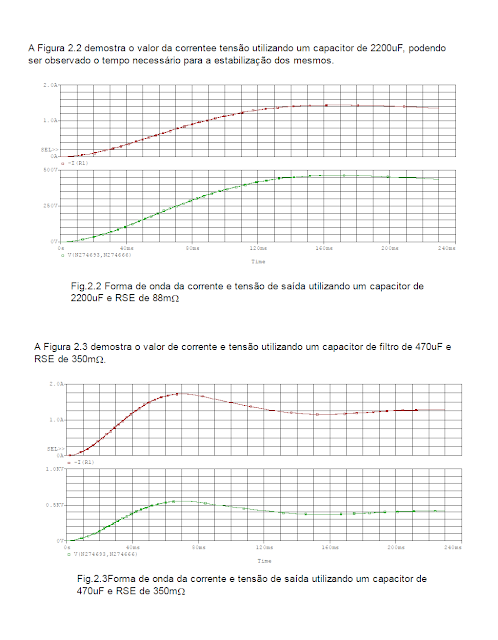



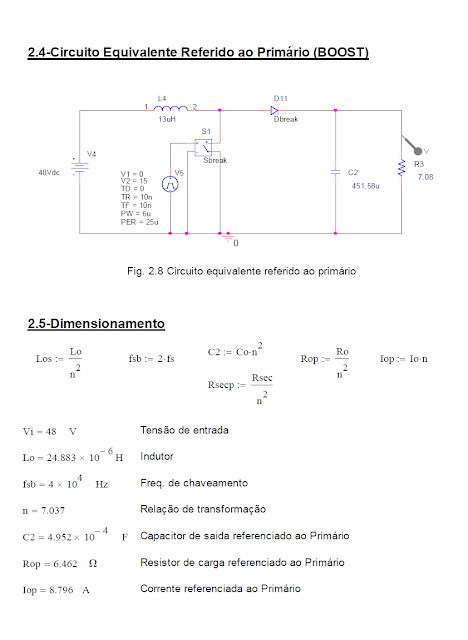
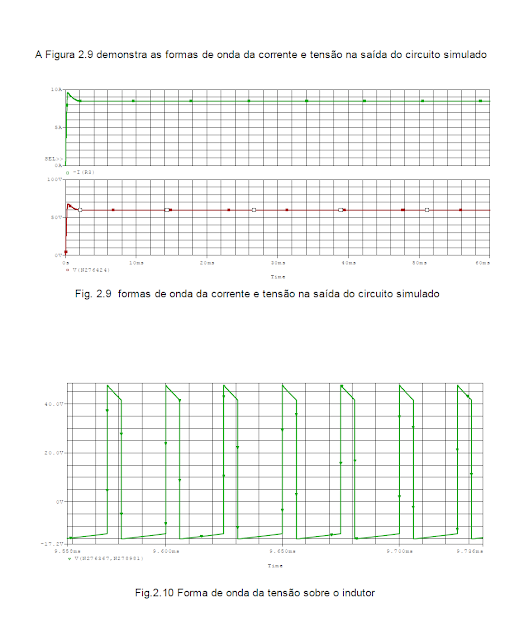

















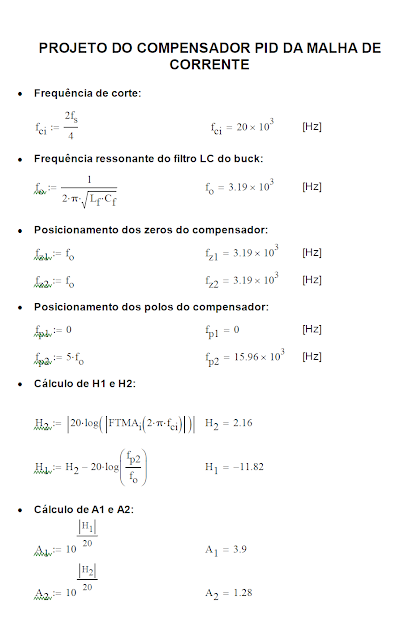

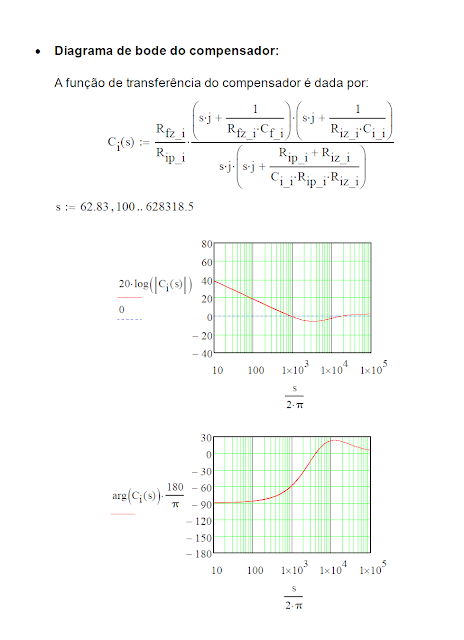

























 JOSIL ARTISTA PLASTICO FORTALEZA CEARA BRASIL AV.HERACLITO GRAÇA 41 TEL(85)32542378
JOSIL ARTISTA PLASTICO FORTALEZA CEARA BRASIL AV.HERACLITO GRAÇA 41 TEL(85)32542378















